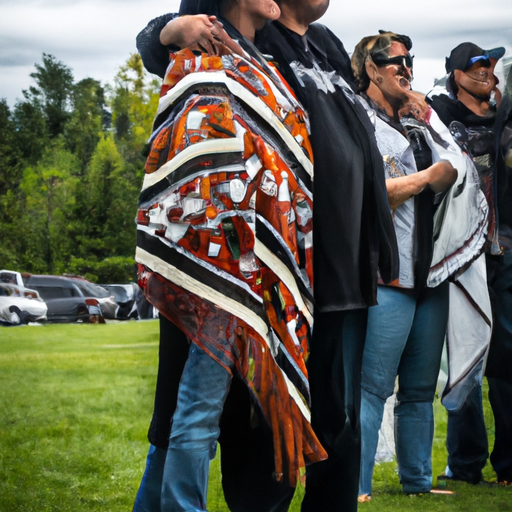A Deep Dive into the Disproportionate Impact of Drug Poisoning on First Nations
Hi there, folks. Yet again, we’re here to discuss an issue that’s been touching the lives of our fellow Canadians in the most distressing ways – the opioid crisis. Across borders, this crisis has left no corner untouched, but it seems to be hitting our First Nations communities hardest. A recent report throws light on some harrowing details. Let’s discuss them and see how we can gain from this knowledge.
The Increasing Rate of Drug Poisoning Deaths
What we start with is a fact that is as troubling as it is confounding. Our First Nations people are dying due to drug poisoning at a rate nearly 12 times more than other Albertans. This means the opioid crisis is a glaring reality in these communities, affecting a number we can no longer ignore.
These findings shared by the Alberta government only amplify the urgent need to address the opioid crisis. It adds layers of complexity to the issue when we consider the class-based disparity and how poverty and negligence play their part in this grim picture.
Dark Picture of First Nations Communities
The hard-hitting bullet points highlighted by this report uncovers the reality faced by our First Nations people. It goes as follows:
- First Nations individuals account for 13.5% drug poisoning deaths, while making up just 6% of Alberta’s population.
- First Nations women are dying at a rate 4.3 times higher compared to all other Alberta females.
- Indigenous communities are facing significantly higher rates of illicit drug use and related harms.
- First Nations individuals are not only victims but are also often fortunately survivors, with the use of naloxone kits and emergency department visits considerably higher.
As distressing as these numbers are, they are the catalyst to pull us from our inertia and take swift action.
The Jarring Connection with Homelessness and Crime
There’s no denying that substance abuse and addiction further aggravate our homelessness problem. It also makes the homeless even more vulnerable to crimes, making them both victims and perpetrators. The opioid crisis plays a significant role in this vicious cycle involving ongoing substance abuse, homelessness, and crime.
Addressing the Crisis
In the face of this crisis, what can we do? The answer, as showcased in the report, is opioid class action combined with ground-level work, research, and financial investments. The Alberta government through its opioid response strategy, is taking steps to address the crisis, namely by:
- Increasing access to treatments such as methadone and buprenorphine/naloxone
- Expanding needle and syringe programs
- Improving data and reporting
While these measures might take time to show significant results, they bring a ray of hope amidst the dark scenario created by the opioid crisis.
In Conclusion
Friends, the increasing influence of the opioid crisis on our First Nations people should be a wake-up call to us all. It’s big; it’s bad; and, most importantly, it’s resolvable. With firm measures like opioid class action, treatment accessibility, and better data reporting, we can, and we must, mitigate this crisis.
The opioid crisis is not just about those suffering from substance abuse. It’s about our communities, our homeless fellows who are the most susceptible, and our collective willingness to acknowledge this crisis and confront it head-on. So, let’s not just read about it – let’s endeavour to be part of the solution.
Because remember, each one of us can make a change. And there couldn’t be a better time to start than now.


